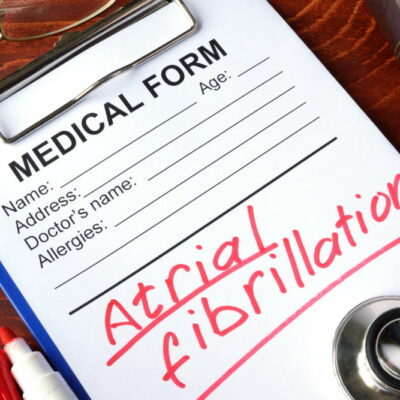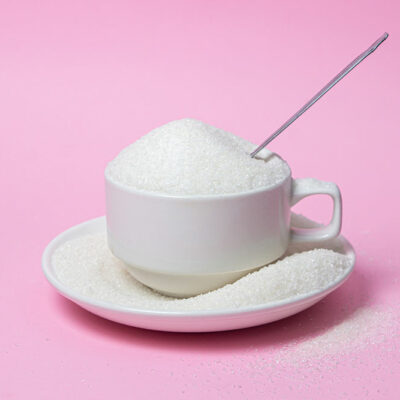
health
8 silent signs of bladder damage caused by prostate cancer
Prostate cancer, the second most prevalent cancer among American men, often remains hidden until it reaches advanced stages. Typically, the disease progresses slowly, making it challenging to detect in its early stages. As it advances, prostate cancer can affect nearby organs, including the bladder. This article explores the subtle yet crucial signs of bladder damage caused by prostate cancer, shedding light on the importance of early detection and timely intervention. The Interconnected Anatomy Understanding how prostate cancer can harm the bladder requires insight into the intricate interplay between these two vital structures. The prostate gland is beneath the bladder, encircling the urethra, which is a tube that carries urine from the bladder out of the body. This close proximity means that any malignancy within the prostate can potentially infiltrate the bladder, causing a range of complications. Silent Signals: Signs of Bladder Damage Bladder damage resulting from prostate cancer may manifest in several subtle ways. Being aware of these signs can significantly aid in early detection and better management of the disease. Urinary Frequency and Urgency One of the earliest signs of bladder damage due to prostate cancer is an increase in urinary frequency and urgency. Men may find themselves rushing to the bathroom more frequently and feeling an urgent need to urinate even when the bladder is not full.




















